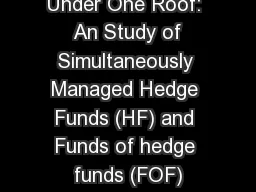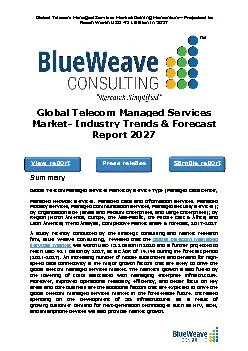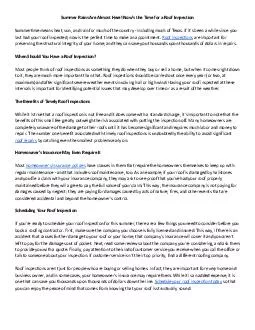PPT-Under One Roof: An Study of Simultaneously Managed Hedge Funds (HF) and Funds of hedge
Author : debby-jeon | Published Date : 2018-03-17
Sugata Ray University of Florida Joint work with Vikas Agarwal Georgia State University Yan Lu University of Florida Motivation I What is simultaneous management
Presentation Embed Code
Download Presentation
Download Presentation The PPT/PDF document "Under One Roof: An Study of Simultaneou..." is the property of its rightful owner. Permission is granted to download and print the materials on this website for personal, non-commercial use only, and to display it on your personal computer provided you do not modify the materials and that you retain all copyright notices contained in the materials. By downloading content from our website, you accept the terms of this agreement.
Under One Roof: An Study of Simultaneously Managed Hedge Funds (HF) and Funds of hedge: Transcript
Download Rules Of Document
"Under One Roof: An Study of Simultaneously Managed Hedge Funds (HF) and Funds of hedge"The content belongs to its owner. You may download and print it for personal use, without modification, and keep all copyright notices. By downloading, you agree to these terms.
Related Documents














